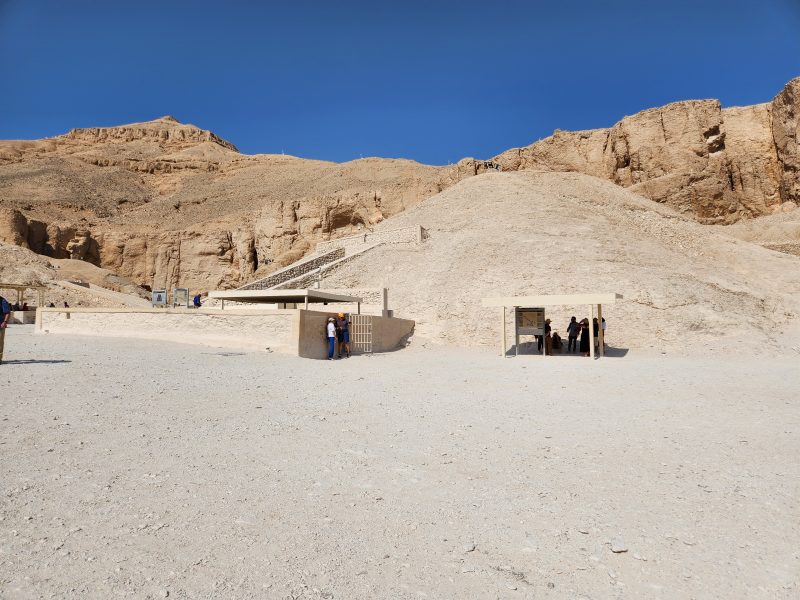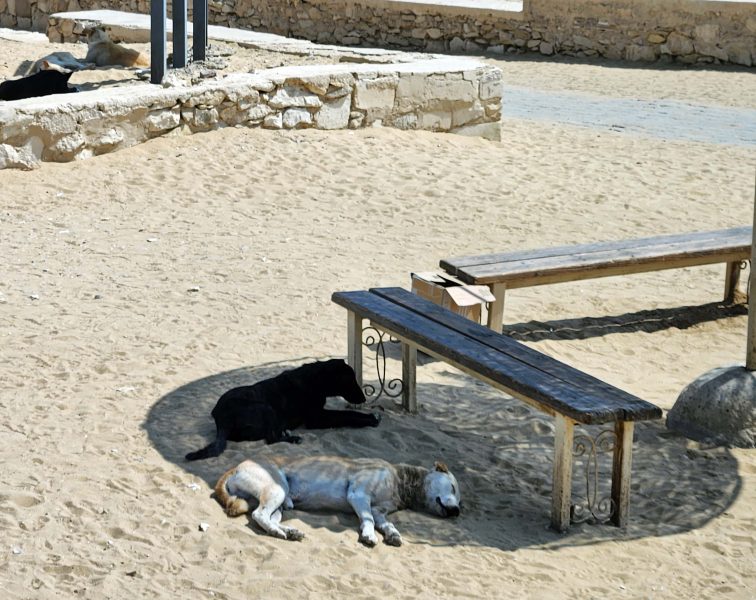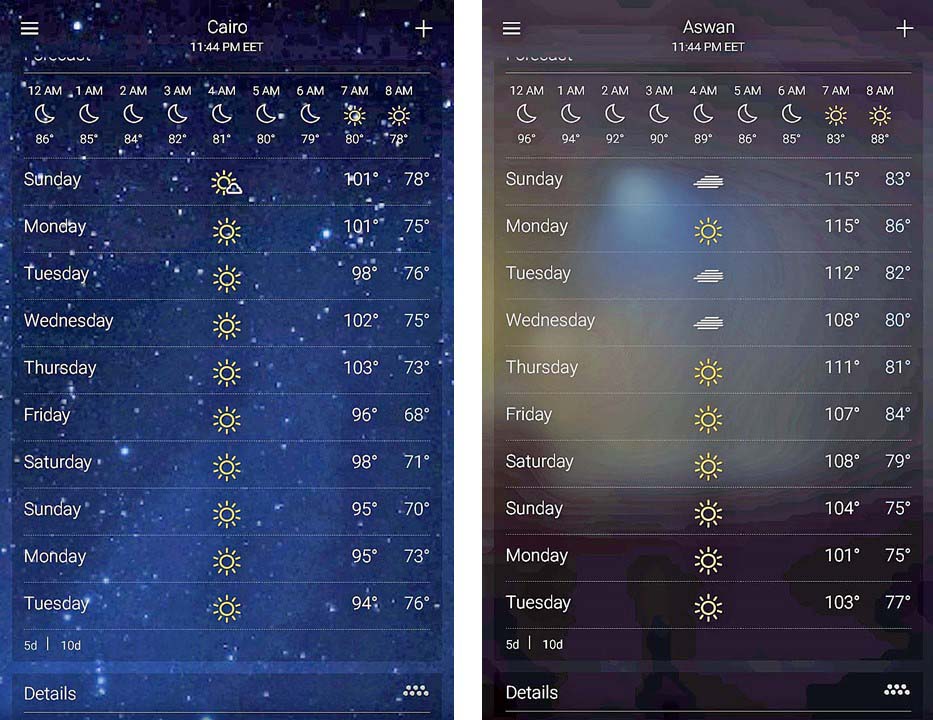When Ted and I scheduled our 2023 BT for August and September, we knew it would be hot in Egypt. St. Louis gets hot in the summer with lots of humidity as well, so we figured we could handle the dry heat of Egypt. Not true!
Our first taste of heat was in Israel, and it was only a little worse than July in St. Louis. It was obvious, however, that the natives went indoors during the hottest part of the day. We, on the other hand, had an eight-hour tour every day of our stay in Jerusalem. On the bright side, it wasn’t crowded outdoors in the afternoons. The best we could do to stay cool was to stand in the shade as much as possible. Yes, Jerusalem was pretty hot, but then we went to Cairo and learned what real heat is like.
Cairo, Giza, and New Orleans are all at 30o north latitude, but unlike Cairo and Giza, New Orleans has greenery and water to cool it, even though the water adds humidity to the air. Luxor is at 25o north latitude, and Aswan is at 24o north latitude, similar to Miami and Phoenix. I think we can all agree that, relatively speaking, Miami with its water and greenery is relatively more comfortable in the summer than Phoenix in the Sonoran Desert.
Now, back to Egypt. The Sahara Desert begins on the western edge of Cairo, within the city limits and not too far west of the Nile River, and Giza is a western suburb (in American terms) of Cairo. The portion of Giza we visited was all sand and rock—no greenery, lakes, or rivers—and the only shade was beside a small desert building such as a ticket office, a rest room, or a souvenir stand (or under an umbrella, like the dogs in the photo below).
The desert sand and rock have been exposed to sunlight for thousands of years and have been holding on to that absorbed heat for just as long. As a result, while the sun beats down from above, all that rock and sand radiate stored heat from below. Talk about a heat island! Here’s what shade in Egypt looks like in the Valley of the Kings and at the Step Pyramid (dogs).


Viking was wonderful about supplying us with cool water at all times. The tour buses had cases of bottled water in the luggage compartment and a refrigerator in the bus interior. We were free to take as many bottles as we wanted. Ted and I averaged about one bottle per hour each. Fact: None of the 82 people on our Nile River cruise suffered from dehydration. Frequent rest room stops weren’t necessary—all of us sweated so much, we didn’t need them often.
Here are the temperature forecasts for Cairo and Aswan while we were there. We were told that, in Aswan, the temperature can reach 130 degrees in summer, but will drop below 110 degrees in September. Whoopee! (We were in Aswan on August 27.) The numbers below do not include a heat index, nor do I even want to know what it was. People told us that the temperatures would cool off quickly in September and you can see the truth of that in the Cairo forecast. I took that screenshot on August 30. My advice: plan your trip to Egypt between September and April. It was a relief to arrive in Türkiye, where the temperatures were only in the upper 80s and where there was water and greenery for cooling.

Ted’s and my bar for “How hot is it?” has been Komodo Island (latitude 8o south), where we took an excursion to a wooded area surrounded by water to see the Komodo dragons, and drank five bottles of water in an hour! We had to change our bar to Egypt. If it’s not as hot as Egypt, it’s not that bad.